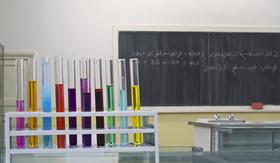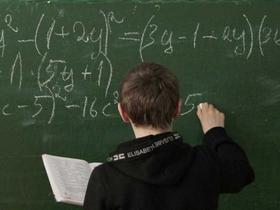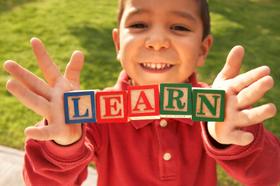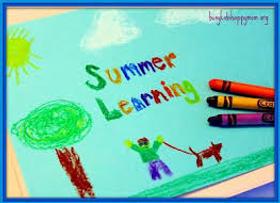Do you dream of becoming the next big sports star? With athletics paving the way for collegiate scholarships and admissions, a rising number of high schools are creating programs specifically designed to foster athletically skilled students. In fact, in Canada, high schools designed specifically as sports academies are opening their doors – and American charter schools may soon follow suit.
How New Schools Balance Athletics with Academics
Many parents and students have expressed frustration over the demands of developing gifted athleticism alongside the rigors of the high school curriculum. While each school’s fundamental objective is to educate students, many argue that encouraging athleticism, training, and building teamwork also significantly contribute to a student's overall development. While many teens are forced to sacrifice grades to balance a sport's demands, select schools have begun experimenting with new athletic programs to challenge the status quo.
According to the National Post, the Toronto Public Board of Education, Canada's largest educational institution, has created a new basketball academy. At this campus, students with high athletic potential can improve both their physical and intellectual abilities. The academy's curriculum is designed to create a more symbiotic balance between the demands of the sport and academic work. Commonly referred to as “schools of choice” in Canada, these equivalents to America’s charter schools are becoming more popular.
This video looks at the benefits of high school sports.
Are Schools of Choice the Future of Education?
While many “schools of choice” are catered specifically to athletics, other schools of choice foster more privatized class structures, some of which include single-gender schools, institutions focusing on a specific career pathway, or even schools designed to meet the needs of religious faiths.
According to The National Post, the success of these schools of choice is only one of the incentives driving the growth of these alternative campuses. Like the circumstances in America driving forth the growth of charter schools, Canadian school leaders are prompting changes “partly to compete with the lure of private schools and stem plummeting enrollment.”
Athletics in America’s Charter Schools
In America, students who attend charter schools often do not have opportunities to participate in school sports. According to Jack O’Brien, the Executive Director of the Massachusetts Charter School Athletic Organization, “All charter schools, particularly middle and high schools, face the same challenge: How to provide a quality athletic program that satisfies the needs of the students without draining the school’s budget.”
While America does not currently have a charter school that focuses specifically on athletics, there is a growing trend among charter schools to foster athleticism. The Massachusetts Charter School Athletic Organization counts 1/3 of all the charter schools in the area among its members.
This video offers some suggestions about balancing academics and sports in high school.
The trend does not stop in Massachusetts. The Texas Charter School Academic and Athletic League provides their students at participating charter schools in Dallas and Houston with opportunities to compete in volleyball, six-man tackle, flag football, cross country, basketball, track and field, and soccer. In Arizona, the Charter Athletic Association serves its schools’ students in baseball, basketball, football, golf, soccer, and volleyball.
Other charter schools are joining the ranks of “traditional” leagues. For example, Mystic Valley Regional in Massachusetts became the first charter school to join the state’s primary high school sports leagues, allowing the school to compete against both traditional public and private schools. According to the athletic director of Mystic Valley Regional, “Why wouldn’t we compete with them? We put our sneakers on the same way,” as reported by the Boston Globe.
While not all schools focus on athleticism as Toronto's basketball academy may, the trend in Canada may transfer over the border and into American charter schools.
Questions? Contact us on Facebook. @publicschoolreview












































































